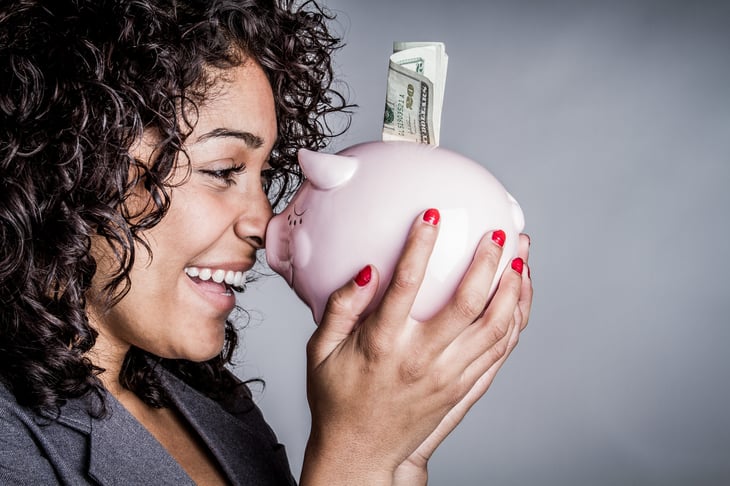
Editor's Note: This story originally appeared on The Penny Hoarder.
Many people approach budgeting in this fashion: Pay bills, spend a little, and any money that’s left goes in savings.
But those leftover crumbs aren’t often enough.
Not prioritizing saving may be the reason nearly a quarter (23%) of Americans don’t have any money in savings, according to a recent financial literacy survey conducted by The Penny Hoarder.
Of those surveyed, about 40% reported having less than $1,000 saved up.
One way to save more for the future is to prioritize saving over everything else when creating your budget. Some refer to this approach as reverse budgeting, while others call it the “pay yourself first” budgeting strategy.
However you think of it, focusing on saving first can pull you from the rut of not saving at all and reset your approach to personal finance.
What Does It Mean to Pay Yourself First?
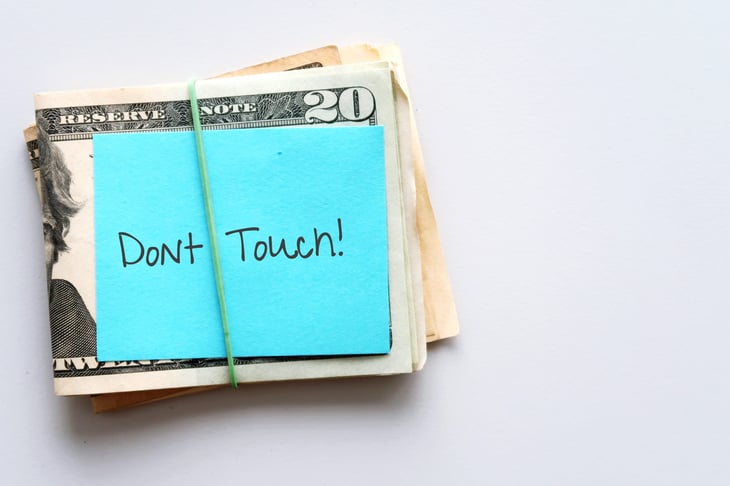
Paying yourself first isn’t really a budget. It’s a way to reset how you handle monthly income to make savings goals a priority.
Setting aside “pay yourself first” money for savings accounts can shift your mindset and help align financial goals with how you want to spend money.
Mark Charnet, founder and CEO of American Prosperity Group in Pompton Plains, New Jersey, suggests saving about 10% of your net income — the money you receive after taxes, health care premiums and 401(k) contributions are taken out — each time you get paid.
If you can’t afford to put away 10%, start smaller. The bills never stop, and it’s not like you can tell your credit card company you can’t pay this month because you’re working on your emergency fund. We get it.
Why You Should Use the Pay-Yourself-First Method

How you divvy up your savings depends on your individual needs, but here are a few things you should focus on when using the pay-yourself-first budget.
Setting Up an Emergency Fund
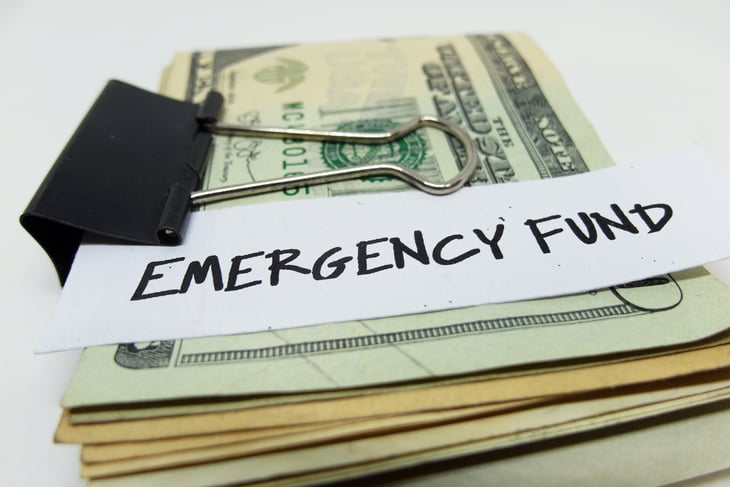
Will you have enough money the next time your car breaks down to cover repairs? Or how about when you have to move for your next job opportunity?
Emergency funds are designed to take care of big-ticket variable costs that live outside of your monthly expenses.
Increasing Your Retirement Contributions
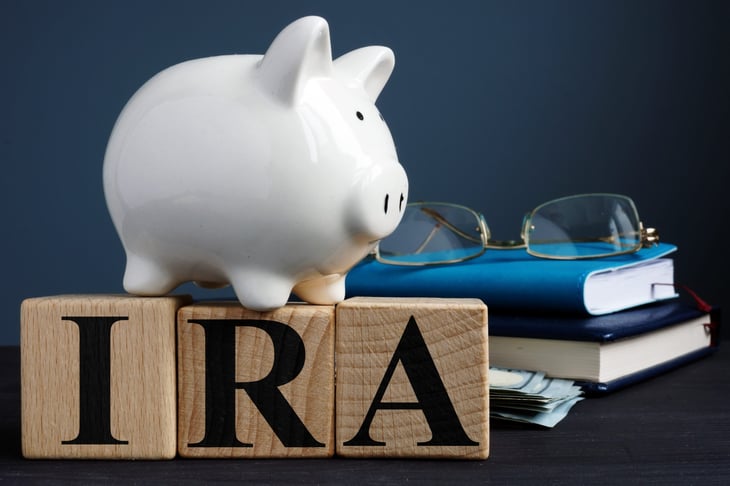
If you checked the balance in your retirement account recently and gasped, you’re not alone. A 2022 Bankrate survey indicates 55% of Americans reported being behind or significantly behind in retirement contributions.
Paying yourself first can be a good way to get back on track.
Paying High-Interest Debt or Loan Payments
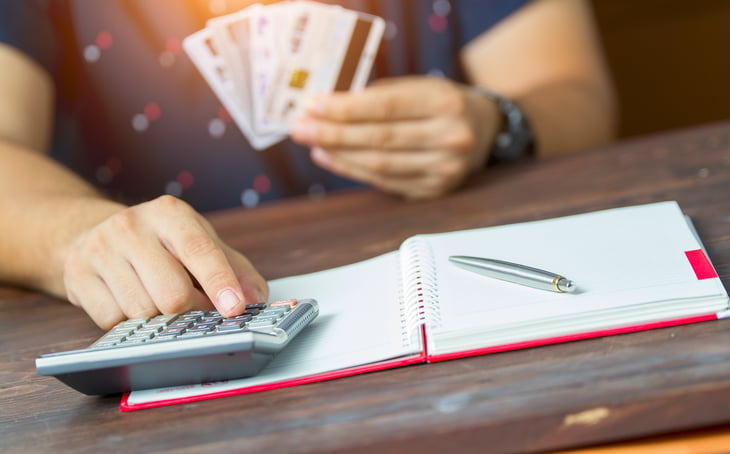
If you’ve dug a deep hole of credit card debt and are struggling to get out, paying yourself first can help.
Putting 10% or more of each paycheck toward paying down your high-interest debt or loan payments can help you shrink that balance fast.
Preparing Your Savings Account or Checking Account for a Big Purchase

Speaking of big events, if you need to buy a car in the near future, divert a larger amount of cash toward that goal.
Saving up for a home or sending a kid to college? Simply increase your savings contributions for “pay yourself first” each pay period.
Just be sure you have enough to cover living expenses.
Now, here’s how to pay yourself in four easy steps.
1. Identify Your Financial Priorities

If you’re unsure of the best way to save money for the future, Charnet recommends talking to a financial adviser like a certified financial planner.
“(Those just starting to save) should not feel embarrassed or make the assumption that (they’re) too small of a fish for a financial adviser,” he said. “That is absolutely not true.”
2. Set a Reasonable Savings Goal

While paying yourself first is a good strategy for building a savings vehicle that can deliver a brighter financial future, take care not to be too ambitious upfront.
Set a reasonable goal that won’t leave you taking on debt or dipping into savings to take care of everyday expenses like utility bills.
3. Transfer Money Automatically

Automating saving can help you set aside money without having to think about it.
Adjust your direct deposit at work so a percentage of your check automatically goes to savings. Or schedule automatic transfers from your checking account right after you’re paid.
4. Keep an Eye on Your Bank Account

After your savings are deducted from your income, you can focus your budget on bills, necessary expenses and discretionary spending.
You may find you have less money for extras — like entertainment or eating out — but if you pay yourself first, you’ll be in a better financial situation to face the future, instead of scrambling to come up with money when you truly need it.
Combine Pay Yourself First With Other Budgeting Methods

While paying yourself first can get your financial priorities straight and change your spending habits, it’s also not a budget.
Check out some of the most popular budgeting methods to learn more about which methods complement a pay-yourself-first or reverse budget strategy.





Add a Comment
Our Policy: We welcome relevant and respectful comments in order to foster healthy and informative discussions. All other comments may be removed. Comments with links are automatically held for moderation.